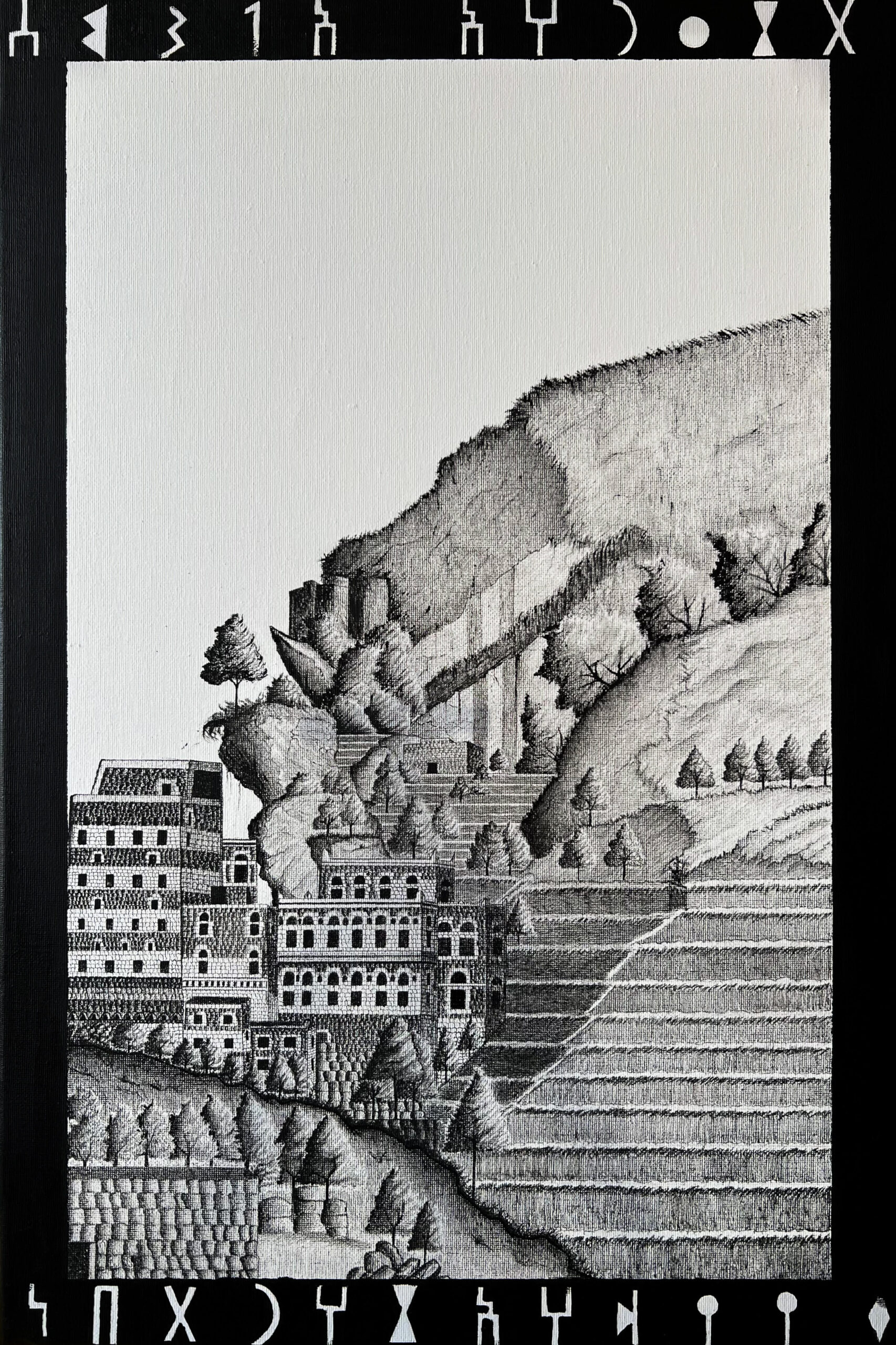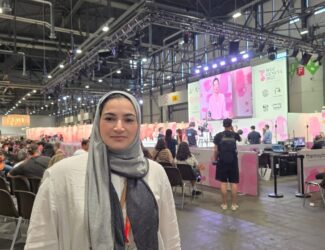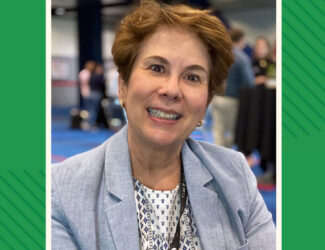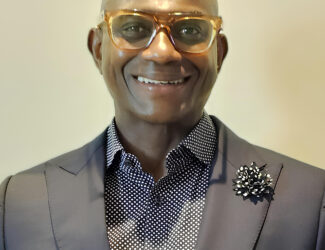
From Roots to Canvas: Elaf Mustafa’s Artistic Journey through Yemeni Coffee Heritage
Dubai March 3, 2024 (QW): – In the enchanting realms of Sanaa and Haraz, the life of Elaf Mustafa unfolds among the layers of Yemen’s rich soil. As a connoisseur of language, literature, art, and coffee, Elaf embarked on an academic path in translation and linguistics, finding herself guided by the intertwined forces of art, language, and the world of coffee.
Her connection to coffee is not a recent one; it is deeply rooted in her family’s history of cultivating and trading coffee beans. The fertile lands in Haraz, adorned with ancient coffee trees, tell stories that traverse generations, weaving a fabric of identity and knowledge.
Elaf’s journey, branching into diverse paths, testifies to the resilience imprinted in her experiences. Whether facing challenges through books, art, or embracing comforting coffee, she always designs alternative plans to navigate the ever-changing currents of life. And there is Sanaa, the captivating city that, despite challenges, never fails to inspire resilience.
In this interview, Elaf Mustafa explores her fascinating life, delving into the intersection of her academic pursuits, family heritage in coffee cultivation, and the profound impact of history on her journey as an artist. From her initial encounters with written words to the rich inspiration drawn from her family’s coffee heritage, Elaf paints a vivid picture of her evolution as an artist, revealing the symbiotic relationship between the brush and the coffee tree.
Join us as we uncover the layers of Elaf’s artistic narrative, where each stroke on the canvas echoes the stories of her ancestors and the enduring spirit of Yemeni coffee.
Who is Elaf Mustafa?
“I have lived my life between the lands of Sanaa and Haraz, and both have a vast space in my soul. I love everything related to language, literature, art, and coffee. Despite my passion for painting, which has accompanied me for years, I specialized academically in translation and linguistics. Today, I see that both art and language have led me to the path of coffee.
My affiliation with coffee is not a recent thing. My family has a deep history in the cultivation and trade of coffee. We own several farms in our hometown, Haraz, including farms that contained, and still are to this day, coffee trees that have lived for a decade, and through which ancestral stories, ancient knowledge and identity have been transmitted.
Between today and the past, I feel that I have branched out a lot. However, it’s worth mentioning that what I and my generation experienced in previous periods has shaped us in a way that one lifetime is not enough. We learned how to appreciate life, and in every instance when challenges prevailed, we had to devise alternative plans to navigate through the constantly changing waves of life. And there is Sanaa, the enchanting city that never lets us fall without inspiring us to rise, no matter how deep the trenches.”
How did your journey with coffee begin, and how were you influenced by the history and heritage of your family in coffee cultivation?
“My father had a library that contained many of history books, including those talking about ancient and contemporary civilizations. Thanks to his continuous encouragement for reading, I read many of them starting from the age of ten. I found that Yemen has a rich history that cannot be covered by volumes or thousands of books. But through my readings, I found that coffee created a beacon of light in this journey, through various stations. It connected with Yemenis through ages as a window and light. It’s noteworthy that it has been and still is creating and telling stories, and, in turn, I love stories very much.
I was greatly influenced by the fascinating link created by coffee trees. My grandmother, Hassana Ismail, preserved many stories for me about its importance in society, how it was cultivated, and the rituals of harvesting back then. She mentioned in one of the stories that at the beginning of the harvest, she and her mother would go to the farm. She would pick a few coffee beans in her hands and exchange them for other goods, a unique privilege that only coffee had. Many stories, all of which instilled in me love and pride for this tree, continually drive me to reflect its impact in paintings, even if only a little is revealed.”
How can coffee transform from a beverage into an identity and history, and how do you seek to convey this idea through your artistic works?
“In reality, coffee beans can never be confined to the word ‘beverage.’ They overflow from their cup, and they have many dimensions.
From the port of Mokha, this fruit witnessed civilizations, eras, and kingdoms. It created many contradictions as people doubted and clung to it, hiding it in a jar for decades as one of the most precious treasures. We see throughout history how wars were waged for it, and other wars were extinguished because of it.
When we witness today how our ancestors spent their lives preserving it despite the difficulties that mostly bent their backs, the picture becomes clear. This is precisely why I painted my latest piece titled ‘Descendants of the Sun’ for Hajjah Fatima, one of the coffee farmers in Mahwit, as a loud sign for the Yemeni coffee revolution in every era. She reached the age of eighty and still holds onto her beans, so it became imperative for me to immortalize her story within the folds of a painting.
How can art contribute to raising awareness of the importance of Yemeni coffee and its history in local and global communities?
“Since ancient times until today, art has been the main factor in conveying and preserving civilizations. For me, I see art alongside the history of coffee as an ancient window adorned with the colors of Yemeni lunar, each time portraying a scene that must be immortalized. So, I see them narrating their stories through my window, not the other way around. We truly see how the importance of this thing has imposed its reality on societies, whether local or international.”
How do you envision the future of the coffee industry in Yemen, and what role can art play in supporting it and shedding light on its heritage?
“The previous periods were challenging for Yemeni coffee, as its production significantly declined due to economic difficulties and environmental degradation. But today, we are living in an era of revival like never before. All sectors are working at full capacity to elevate it to stages surpassing its predecessors, starting from the land and supporting farmers by all means, up to roasting and presenting it. From our perspective today, I see a promising future waiting.
As for art, it is the constant companion to these beans and their land, embracing its roots tightly to preserve them from oblivion. They will always tell stories together.”




